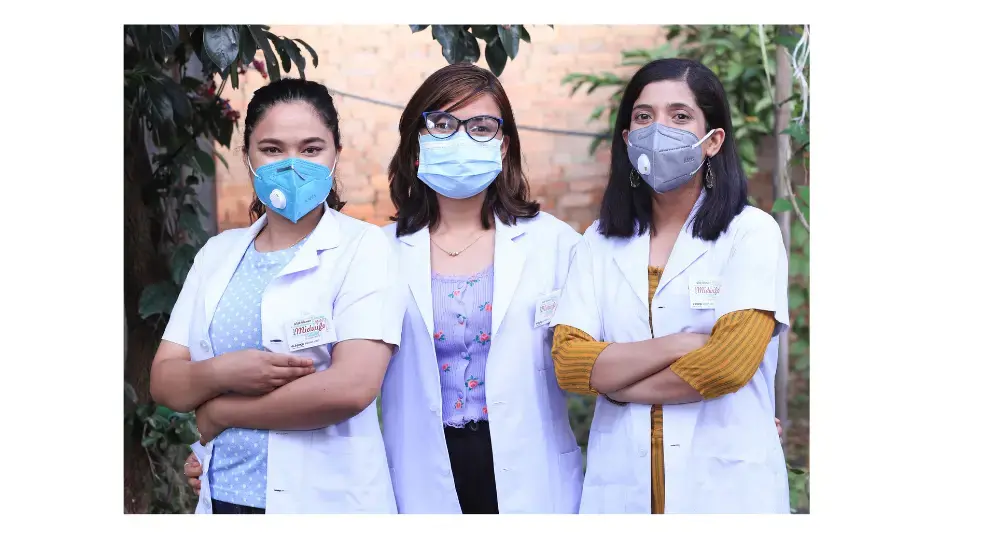“Follow the Data, Invest in Midwives” is the theme of this year’s International Day of the Midwife. The data, included in the newest State of the World’s Midwifery report launching 5 May (it was last published in 2014), show that achieving universal coverage of midwife-delivered interventions by 2035 would avert 67 per cent of maternal deaths, 64 per cent of newborn deaths and 65 percent of stillbirths and would save an estimated 4.3 million lives a year.
In helping ease new life into the world, midwives have put their own at risk in COVID-19 times. During the pandemic, they went the extra mile – sometimes literally – to reach the hard to reach, by making housecalls or traveling great distances via mobile clinics. Or they didn’t have to leave the house at all after transforming rooms in their homes into maternity clinics to alleviate the strain on local health care systems. All with UNFPA support for education, training and working environments in its goal of achieving zero preventable maternal deaths by 2030.
"Midwives deserve greater investment in their capabilities, and workplaces that empower them and fully acknowledge their skills and contributions," said UNFPA Executive Director Dr. Natalia Kanem in a statement.
Delivering babies is not a midwife’s sole job. She also provides antenatal and postnatal care, family planning counselling, sexually transmitted infection detection and treatment and sexual and reproductive health services for young people – in short, she promotes health and well-being in her community. If international days serve to honour the work, sacrifice and value of humanity, data isn’t necessary to know it is right and urgent to invest in midwives. Not doing so is an affront to the righteous and urgent work they do all 365 days of the year.


